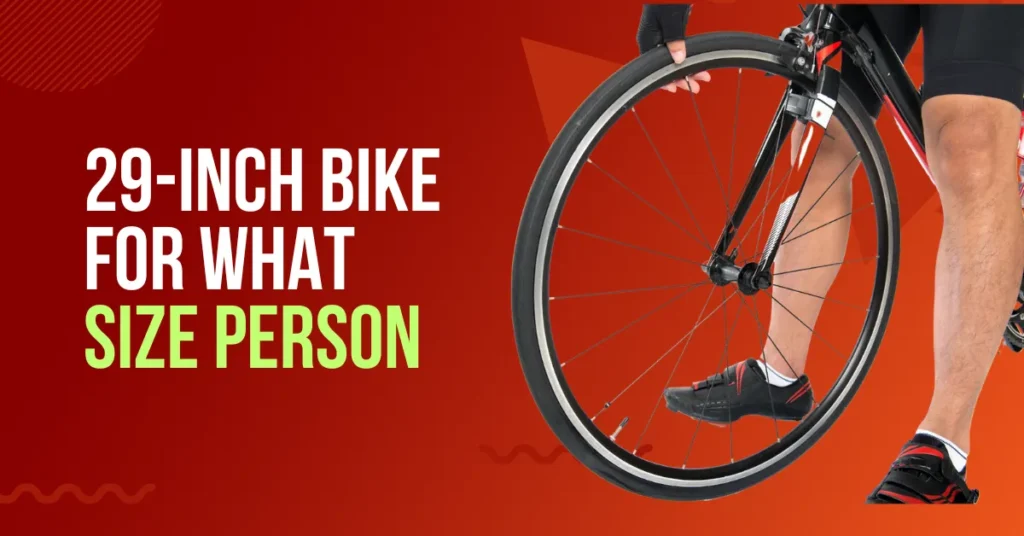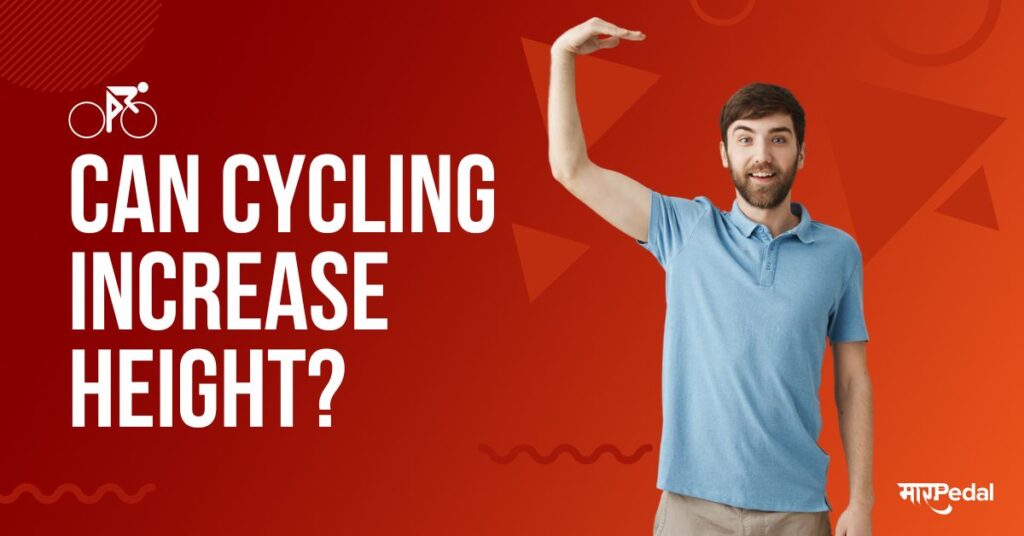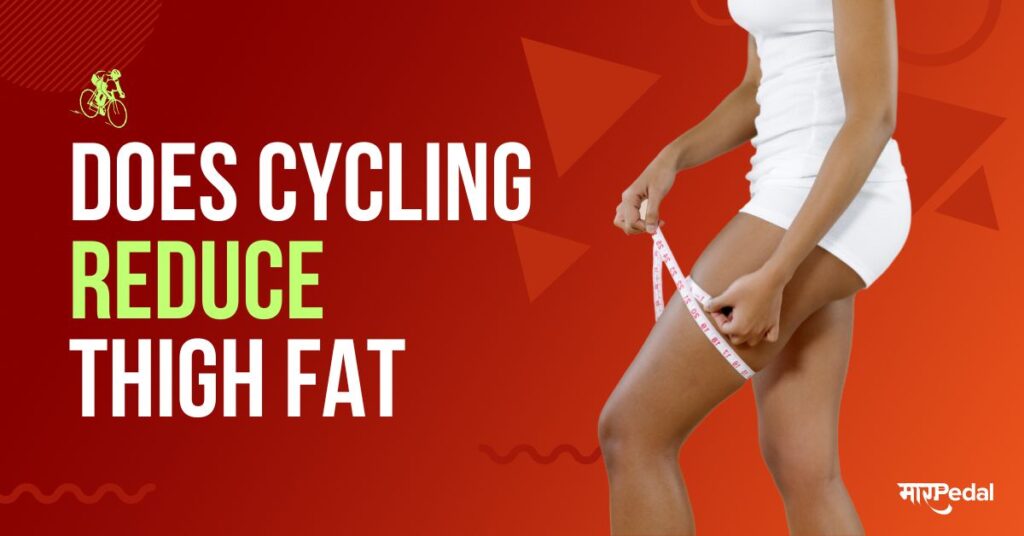
Biking is not just a sport or a hobby; it’s a way of life for many enthusiasts. When it comes to choosing the right bike, size matters! If you are wondering, “What size person should ride a 29-inch bike?” – fear not!
In this article, we’ll delve into all the intricacies of 29-inch bikes and help you find the perfect match for your size and needs. From understanding the benefits of 29-inch bikes to determining the ideal frame size, we’ve got all the insights you need. So, hop on, and let’s pedal through this informative journey!
29 Inch Bike for What Size Person?
When it comes to 29-inch bikes, they are renowned for their versatility and smooth rides. These bikes are commonly used for various purposes, including mountain biking, trail riding, and even urban commuting. But are they suitable for everyone? Let’s find out!
Comparing Wheel Sizes: 26-inch, 27.5-inch, and 29-inch Bikes
Discover the advantages and disadvantages of bikes equipped with 26-inch, 27.5-inch, and 29-inch wheels. This comparison table will help you make an informed decision based on your riding preferences and terrain of choice. Whether you prioritize agility, stability, or rollover capability, this overview has got you covered!
| Wheel Size | Pros | Cons |
| 26-inch (26t) | – Agile and maneuverable, especially in tight and technical trails. – Lighter weight results in easier handling and quicker acceleration. – A wide range of tire options available, including more aggressive treads for off-road riding. | – Limited rollover capability; can struggle with larger obstacles. – May not maintain momentum as well as larger wheels. – Less stable at high speeds, especially on rough terrain. |
| 27.5-inch (27.5t) | – A good compromise between the agility of 26-inch wheels and the rollover capability of 29-inch wheels. – Offers improved stability and traction compared to 26-inch wheels. – Suitable for riders who want a versatile bike for different terrains. | – Slightly heavier than 26-inch wheels, which may affect acceleration. – Fewer tire options compared to 26-inch wheels. – Not as efficient at maintaining speed as 29-inch wheels. |
| 29-inch (29t) | – Excellent rollover capability, making it smoother over obstacles and rough terrain. – Better traction and stability, especially at high speeds. – Maintains momentum effectively, ideal for long-distance riding and endurance. | – Less agile and responsive in tight and technical trails. – Heavier compared to smaller wheel sizes, which may affect handling. – Limited tire options in some cases, especially for aggressive off-road riding. |
The Advantages of 29-Inch Bikes
29-inch bikes offer several advantages that make them an appealing choice for riders of different sizes and preferences:
1. Enhanced Stability and Control
With larger wheels, 29-inch bikes offer improved stability and better traction, especially on rough terrains. This feature is particularly beneficial for taller riders who may find it challenging to maintain control on smaller-wheeled bikes.
2. Smooth Ride Quality
The larger wheels of 29-inch bikes effortlessly roll over obstacles, providing a smoother ride experience. This is advantageous for riders of varying sizes, as it reduces the impact on joints and enhances overall comfort during long rides.
3. Better Momentum and Speed
The bigger wheels of 29-inch bikes retain momentum better, allowing riders to maintain speed more efficiently. This aspect is advantageous for riders of all sizes, as it enhances overall performance on various terrains.
4. Ideal for Tall Riders
For taller individuals, finding a bike that offers a comfortable and ergonomic riding position can be challenging. 29-inch bikes, with their extended frame geometry, are better suited for taller riders, providing a more natural fit.
5. Versatility
29-inch bikes come in a variety of styles, including mountain bikes, cross-country bikes, and even hybrid models. This versatility ensures that riders of different sizes can find the perfect bike to suit their intended riding style.
See also: 27.5 inch bike for what size person
Determining the Right Frame Size for You

Finding the right frame size is crucial to ensure a comfortable and enjoyable biking experience. Here’s how you can determine the ideal frame size for your 29-inch bike:
6. Measure Your Inseam
To determine the right frame size, start by measuring your inseam. Stand with your feet shoulder-width apart and measure the distance from the ground to your crotch. This measurement will give you an approximate frame size range that suits your height.
7. Consider Your Riding Style
Your riding style also plays a role in determining the frame size. If you prefer a more aggressive riding position, a slightly smaller frame might be suitable. On the other hand, a more relaxed riding position might require a slightly larger frame.
8. Test Ride Different Sizes
Before making a final decision, consider test riding bikes with various frame sizes. This hands-on experience will help you gauge which size offers the best fit and comfort for your unique body proportions.
9. Seek Expert Advice
If you are unsure about the frame size, don’t hesitate to seek advice from a professional bike fitter or a knowledgeable salesperson at a reputable bike shop. They can provide valuable insights and help you make an informed decision.
Factors to Consider When Choosing a 29-Inch Bike
When selecting a 29-inch bike, several factors come into play to ensure you find the perfect fit. Let’s explore these factors in detail:
10. Terrain and Riding Style
Consider the type of terrain you’ll be riding on most frequently. If you are an avid mountain biker, a full-suspension 29-inch mountain bike might be the best choice. For urban commuting, a 29-inch hybrid or city cruiser could be more suitable.
11. Frame Material
29-inch bikes come in various frame materials, such as aluminum, carbon fiber, and steel. Each material offers unique characteristics in terms of weight, durability, and comfort. Choose the material that aligns with your riding goals and budget.
12. Suspension Type
For mountain biking enthusiasts, the suspension type is crucial. Bikes with front suspension (hardtail) or dual suspension (full-suspension) are available. Determine which one suits your off-road riding preferences.
13. Gearing System
Consider the number of gears you need based on your local terrain and fitness level. Bikes with a wide range of gears are ideal for hilly or challenging landscapes, while those with fewer gears offer simplicity and ease of maintenance.
14. Braking System
Brakes are a vital safety feature. Disc brakes offer superior stopping power and perform better in wet conditions, making them an excellent choice for various riding conditions.
15. Wheelset and Tire Type
Different wheelsets and tire types cater to various riding styles. For mountain biking, wider and knobbier tires provide better traction, while thinner tires are suitable for smoother urban rides.
16. Bike Fit and Comfort
A well-fitted bike ensures a comfortable ride and reduces the risk of injuries. Pay attention to the bike’s geometry and adjustability to ensure a proper fit for your size.
Conclusion:
Finding the perfect 29-inch bike for your size and riding preferences is an exciting journey. Consider your terrain, riding style, and body proportions to make an informed decision. Remember to test ride various options and seek expert advice if needed. With a well-fitted 29-inch bike, you’ll enjoy countless hours of smooth and enjoyable rides, regardless of your size. Happy biking!
FAQs:
Who fits a 29 inch bike?
A 29 inch bike generally fits riders 5’10” to 6’2″ tall. The larger wheels roll over obstacles easier and offer a smoother ride compared to 26 inch bikes. Taller riders may find 29ers more comfortable.
What size bike should I get for my height?
Bike size correlates closely to rider height and inseam length. Refer to a bike size chart to determine the appropriate bike frame size based on your height and inseam. Road bikes and mountain bikes have slightly different sizing.
Do I need a 26 or 29 bike?
For most average height riders, either a 26 inch or 29 inch bike will work well. 29 inch bikes roll easier over rocks and obstacles, while 26ers are more nimble. Choose 26 inch wheels if you’re on the shorter side and prefer quicker handling. Go with 29 inch wheels for their momentum and obstacle clearing capability.
What size is a 29 bike frame?
Typical 29er frame sizes range from small (15 – 16 inches) to extra large (21+ inches). A medium (17 – 19 inch) 29er frame will fit most riders around 5’8” to 6’0″ tall. Refer to manufacturer frame sizing to choose the best fit.
How big is a size 29 bike?
The wheel diameter on a size 29 bike is 29 inches. Tire widths vary from about 1.9 inches for road models to over 3 inches on some mountain bikes. Frame sizes and bike geometries vary across brands and styles. Refer to specific bike size charts to find the right fit.
Is a 28 inch bike good for what height?
A 28 inch bike is suitable for shorter or average height adults and teens roughly 4’10” – 5’6″ tall. Comfort bikes and hybrid bikes with 700c wheels (which have an outer diameter very close to 28 inches) can also work for these general height ranges.






